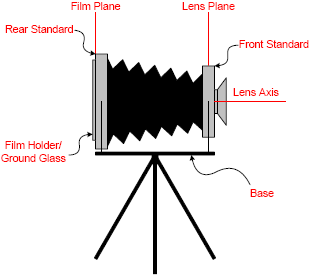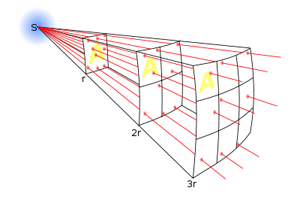 |
 |
 |
  |
 |
|||||||
Assignment 10: Off-Camera Light/Flash
| Assignment Day | April 05, 2011 (Workshop Day) |
| Due Date | April 21, 2011 ( 4-6 photos and one .pdf due) |
|
||
|---|---|---|
| Photo Credit: Our Class | Diagram Credit: Our Class | Photo Credit: Here |
Motivation:
Learn about off camera flash or light (OffCF) and how to use it effectively. We will learn about OffCF in three steps: first we will observe the harsh, ugly shadows and patches of light on subjects when the subject is lit by a bare bulb off camera flash, then we will explore methods on how to mitigate the unnatural look of flash and create more pleasingly lit subjects.
Our aim will be to create "larger" & softer light by using different size light sources. The 'size' of the light source can be changed by controlling subject to light distance and the size of the light source itself. Use aperture to control light cast on your subject.
Part 1: Workshop Day
Create 3 sets in one album illustrating soft and harsh shadows using off-camera light.
Set 1: Large Light Source: Post an image that you took either at the workshop or after using a large off-camera light source of a person. The image should look pleasing. Comment on lessons learned in the caption of the image.
Set 2: Small Light Source: Post an image that you took either at the workshop or after using a large off-camera light source of a person. The image should look pleasing. Comment on lessons learned in the captoin of the image.
* Create an album on flickr called: "Off Camera Flash" include one image from each set above.
The resulting images from the Canon (thanks!), the D300 and D700 are posted in my dropbox (see here), pick images that you shot and upload it to your flickr and submit it for this assignment.
Question 1 : How can you avoid flat lighting? (anwer to the best of you ability, define flat lighting - is a good start).
Question 2 : How does closing the aperture affect the light falling on the subject?
Part 2: The Math
As we learned from the DVD, and in class, light that ultimately falls on the subject depends on (1) distance: how far the light has to travel from the flash to the subject, and (2) the power: the intensity of the flash.
Distance:
The inverse square law helps us understand how distance impacts the intensity light that ultimately falls on our subjects. See the image, (courtesy of wikipedia) below, showing a light source positioned at S, and 3 arced rectangles positioned at different distances, 1r, 2r and 3r.

The inverse square law dictates that the light from a flash falls off with distance. When you double the distance, you get one quarter as much light, that simple! Look again at the the image (now above).
Notice that you can imagine a light beam that expands as it moves away the light source. It may help to imagine that there is a fixed number of light rays making up the light beam.
Now imagine a rectangluar subject at r, the size of the subject fills the arced rectangle at r, remember that there are a fixed number of rays in the beam eminating from S, now imagine another arced rectangular subject at twice the distance, so 2r, again let the subject fill the full light beam.
Observe (or imagine) that the same amount of light that fell on subject a r is now spread over a larger area at the subject postioned at 2r, and that the size of the larger area is 4 times larger, so it may now be easier to see that the intensity of the light at 2r, is a quarter of the light that illuminated the subject at r, just what the inverse square law dictates.
Set 3: Create an image that illustrates the inverse square law (challenge) add it to the set on flickr.
Power: Guide number (GN)
GN = f/stop x flash-to-subject-distance (usually assumes an ISO 100).
f/stop = GN / flash-to-subject-distance
flash-to-subject-distance = GN / f/stop
Question 3 : Rank the 3 flashes in class according to their power (call the stations, softbox, umbrella and bare). Explain your reasoning. For the folks who did not keep a copy of their number, please try to recall the numbers to the best of you ability (worst case - make the numbers up, but note that in your answer).
Question 4 : How does a diffuser change the formula (if it does)?
Part 3: Practice (extra credit)
Add at least 2 more photos to the set "Off Camera Flash" on flickr.
In one image you should illustrate the inverse square law (be creative). You may use
Post 4-5 images to our group and comment.